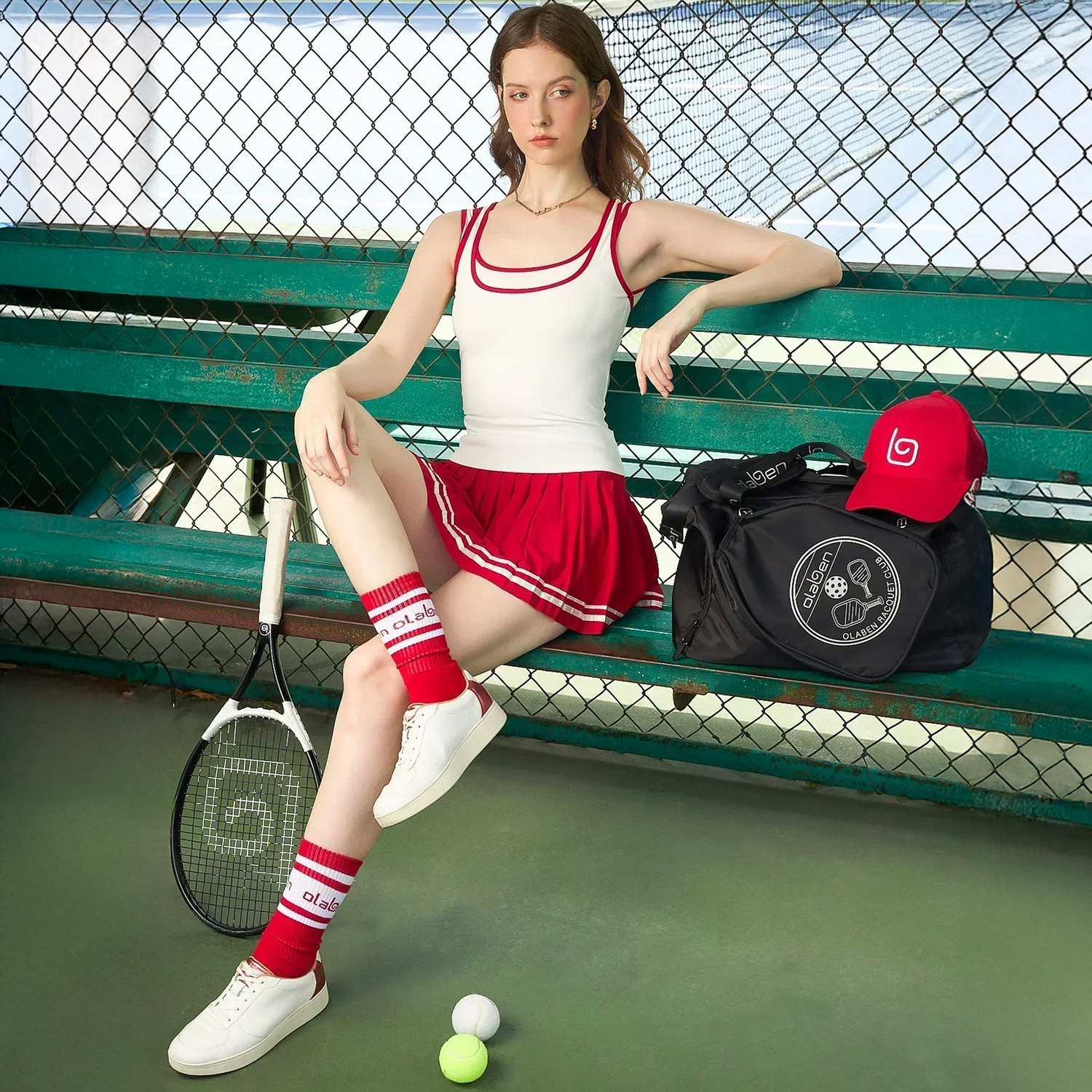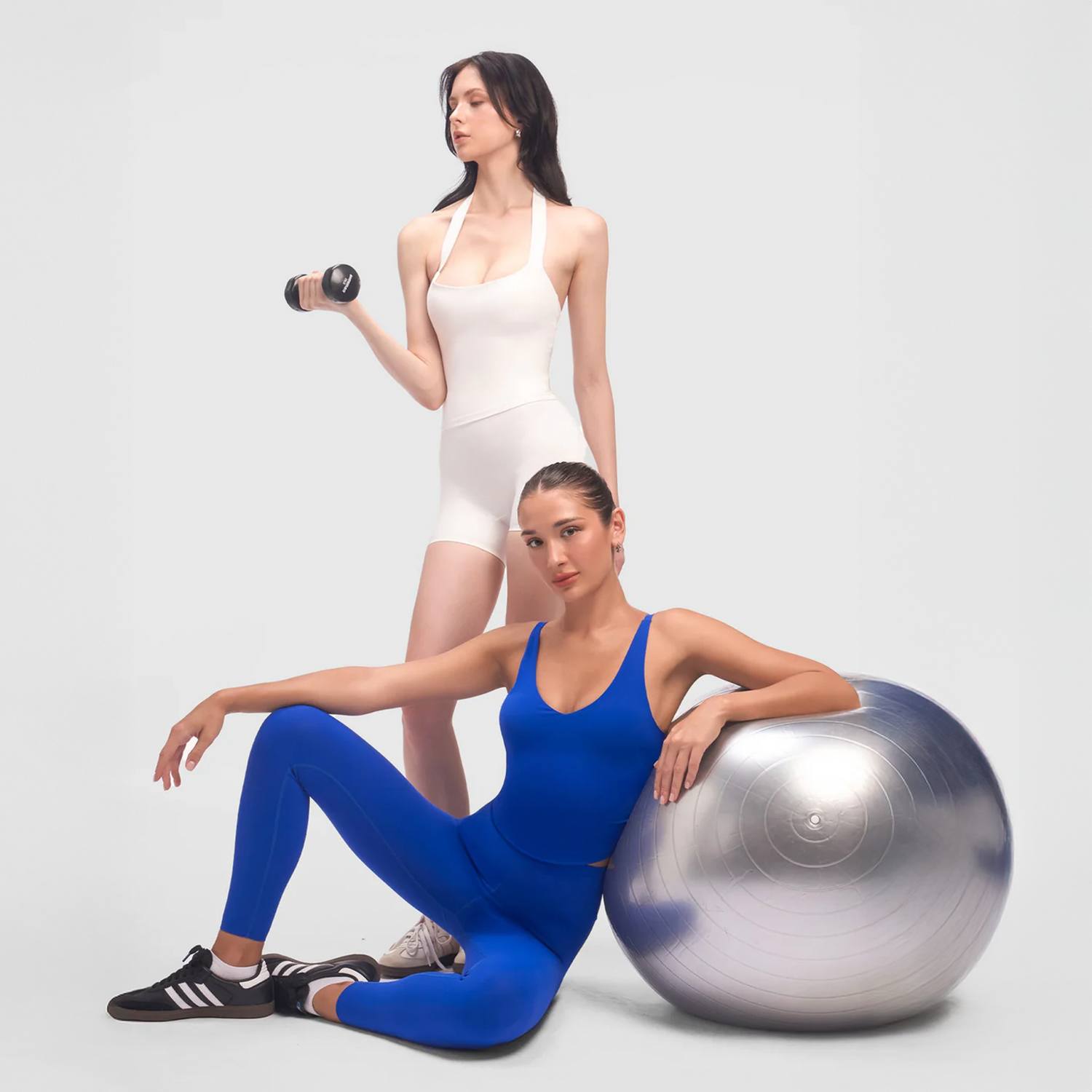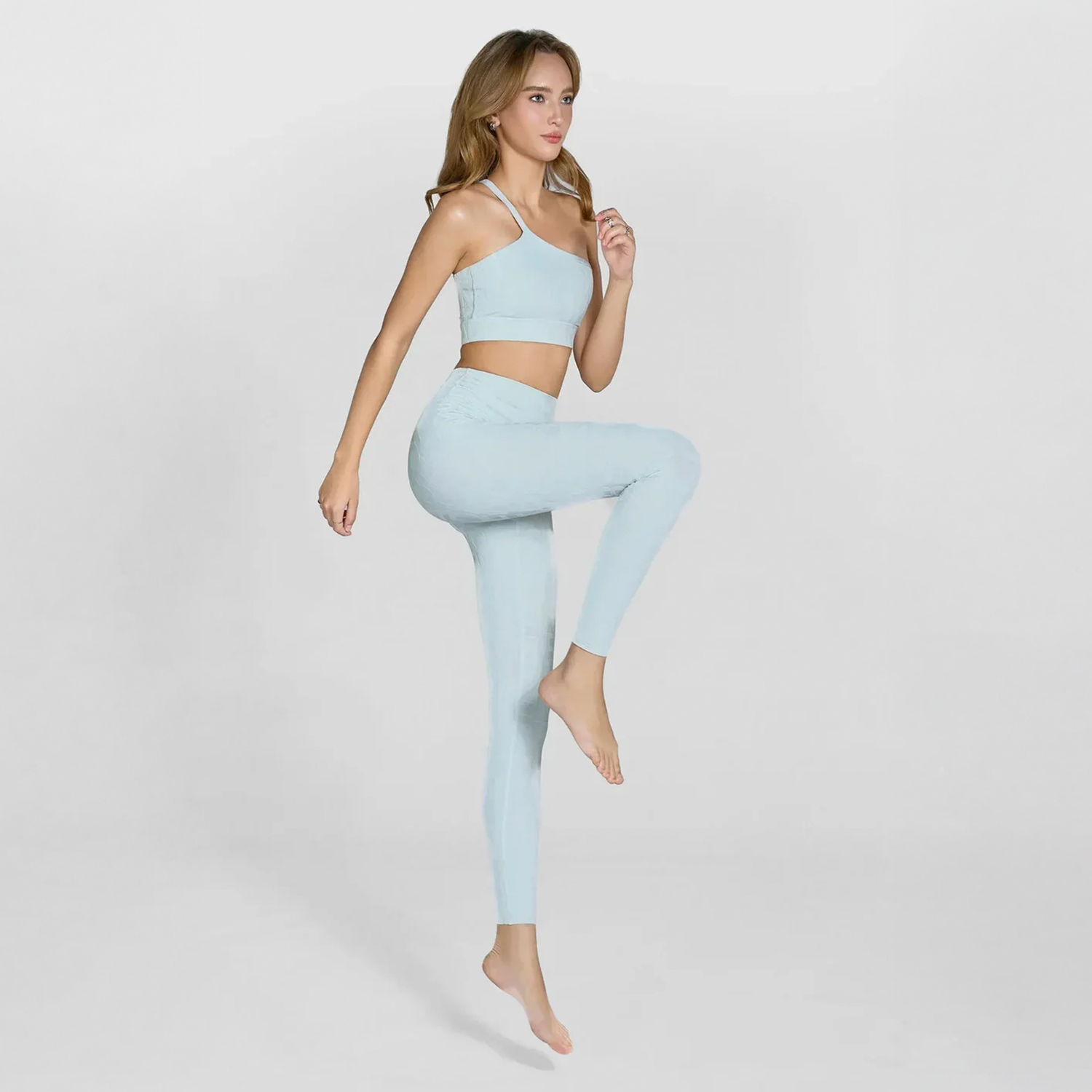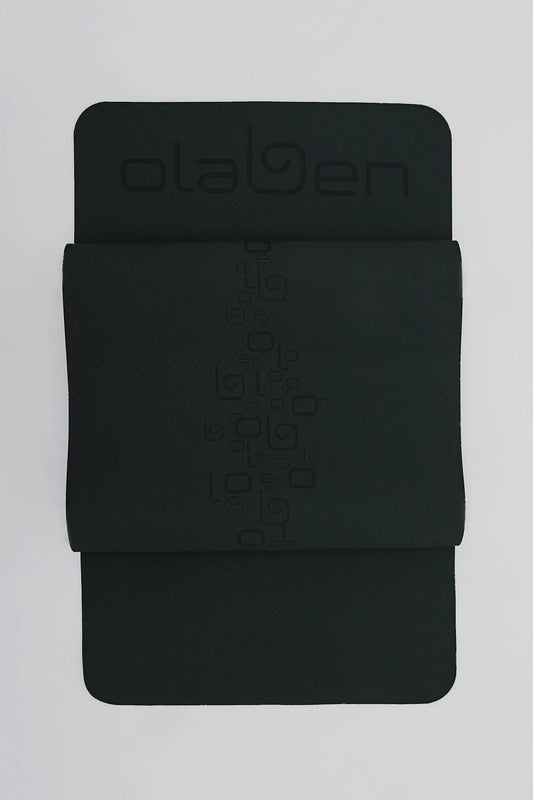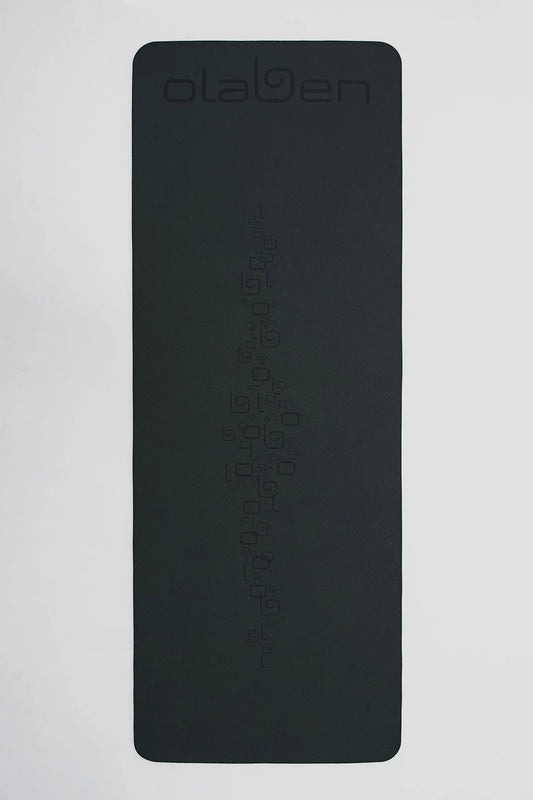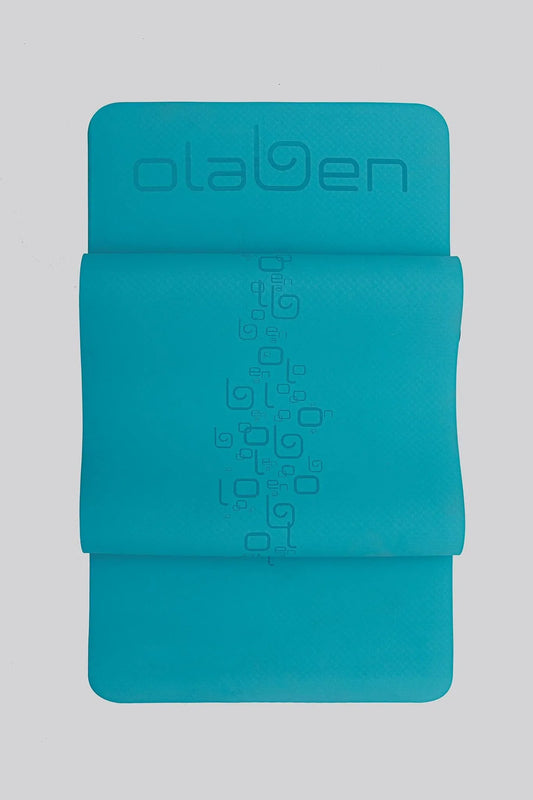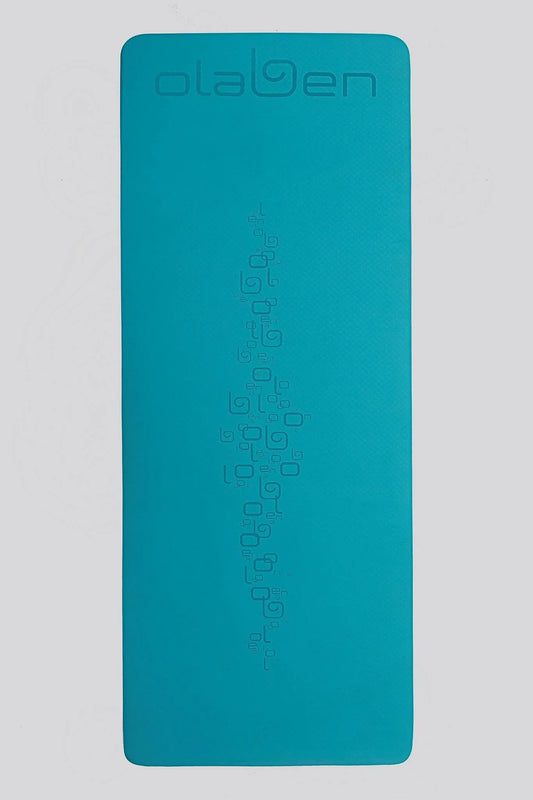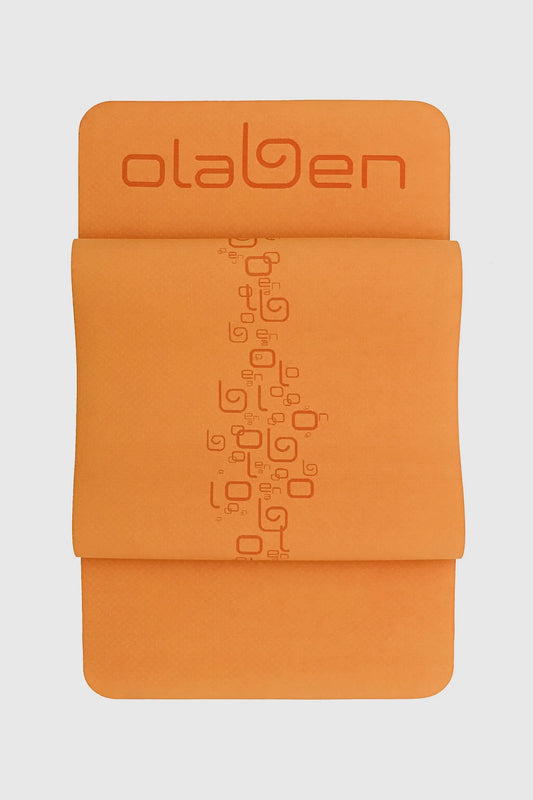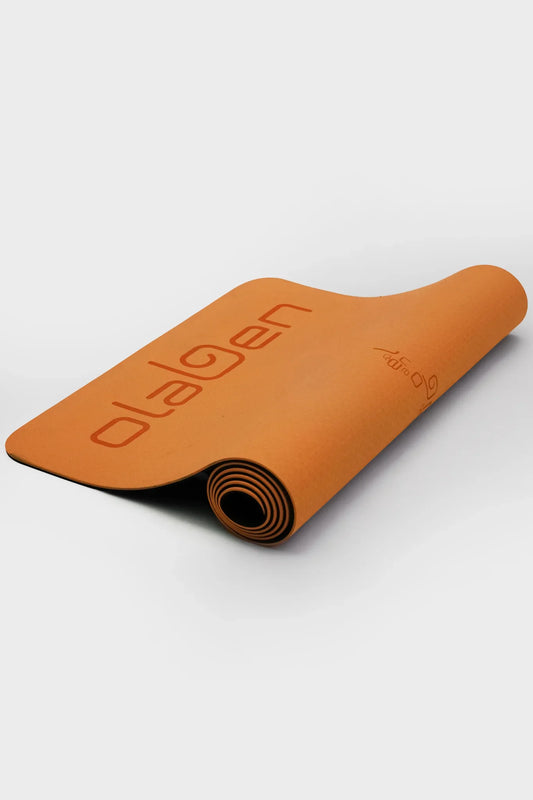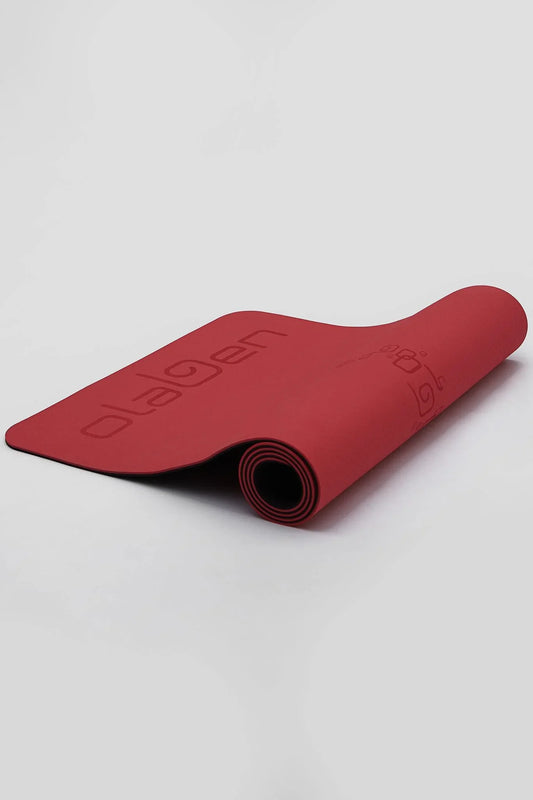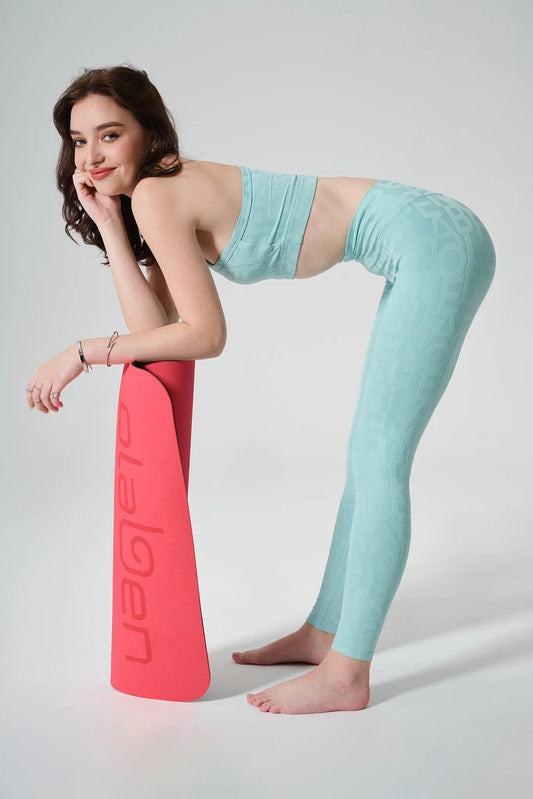Yoga Butterfly Pose, also known as Bound Angle Pose or Cobbler’s Pose, is a classic hip-opening asana that improves flexibility, relieves tension, and promotes inner calm. In Sanskrit, it’s called Baddha Konasana (baddha = bound, kona = angle, asana = pose).
This beginner-friendly posture is widely practiced in Hatha, Vinyasa, and Yin yoga, making it a versatile addition to any routine. Whether you’re seeking stress relief, better posture, or improved pelvic health, Butterfly Pose offers both physical and mental benefits. So, let’s jump in with Olaben and explore why this pose deserves a spot in your yoga practice.
How to Do Butterfly Pose
Butterfly Pose can be practiced at the start or end of a yoga session, or on its own as a meditative stretch.
Step-by-step instructions:
- Begin in a seated position on the floor.
- Bend your knees and bring the soles of your feet together.
- Hold your feet with your hands or rest your palms on your ankles/shins.
- Sit tall, lengthening your spine and broadening your chest.
- Relax your shoulders down and back.
- Stay in the pose for 2–5 minutes, breathing deeply.
- To release, extend your legs forward and lean back on your hands.
Pro tips:
- Sit on a folded blanket or cushion if your hips are tight.
- Place blocks under your knees for extra support.
- To deepen the stretch, bring your heels closer to your pelvis.

6 Benefits of Butterfly Pose
Butterfly Pose goes beyond flexibility—it impacts posture, circulation, stress relief, and overall wellness.
- Improves Hip Flexibility & Mobility: The pose stretches the inner thighs, groin, and hips, making it ideal for those who sit for long periods or do repetitive workouts.
- Supports Pelvic Health: Research shows that incorporating Butterfly Pose into yoga programs can help reduce pelvic pain and improve muscle function, particularly in women.
- Reduces Stress & Anxiety: With its calming effect on the nervous system, Butterfly Pose helps release tension and can ease stress-related discomfort in the lower back and hips.
- Encourages Mindfulness: Holding the pose encourages self-awareness and stillness, preparing the body and mind for meditation.
- May Reduce Depression Symptoms: Practicing yoga sequences that include Butterfly Pose has been linked to improved mood and reduced depression severity.
- Boosts Circulation & Energy: By stimulating blood flow in the pelvic area, Butterfly Pose may support digestion, reproductive health, and overall vitality.

Butterfly Pose During Pregnancy
Among prenatal yoga postures, Butterfly Pose stands out as one of the safest and most nurturing for expectant mothers. Its gentle, open position not only eases physical strain but also encourages a sense of calm and connection—making it a staple in many pregnancy yoga practices.
Why It’s Beneficial for Moms-to-Be
As the body adapts to pregnancy, the lower back and hips often carry the weight of these changes. Butterfly Pose creates space in these areas, releasing tightness and restoring comfort, while also helping to support healthier posture.
Beyond physical relief, the pose engages and relaxes the pelvic floor muscles—a subtle yet powerful preparation for childbirth and postpartum recovery. With consistent practice, it gently strengthens the foundation that supports both mother and baby.
Another important benefit is improved circulation. The open-leg stance stimulates blood flow through the pelvis, thighs, and reproductive organs. This increase in circulation can ease swelling in the feet and ankles, a common concern during pregnancy.
Equally important is the mental and emotional support the pose provides. By encouraging slow, steady breathing, Butterfly Pose helps calm the nervous system, reducing stress and anxiety. For many expectant mothers, this creates a grounding moment of peace—nourishing not just the body but also the mind and heart.

How to Practice Safely During Pregnancy
- Use Props Wisely: Support your body with cushions, yoga blocks, or bolsters placed under the knees. This extra lift relieves pressure on the hips and makes the posture more comfortable.
- Keep the Stretch Gentle: Never push your knees down. Instead, let gravity and steady breathing guide the natural opening of your hips.
- Explore the Reclined Variation: Supta Baddha Konasana (Reclined Butterfly Pose) with a bolster along the spine offers deep relaxation, especially soothing in the second and third trimesters.
- Stay Attuned to Your Body: Each pregnancy is unique. Pay attention to any discomfort or strain, and adjust your practice with patience and awareness.
Variations of Butterfly Pose
Different modifications make Butterfly Pose accessible for all levels:
1. Forward Fold Butterfly
- Hinge at your hips and fold forward.
- Rest your forehead on blocks or cushions.
- Great for a deeper hip stretch.
2. Reclined Butterfly (Supta Baddha Konasana)
- Lie on your back with the soles of your feet together.
- Place a bolster along your spine for support.
- A soothing variation to relax chest and hips.
3. Legs-Up-the-Wall Butterfly
- Sit beside a wall and swing your legs up.
- Press the soles of your feet together and let your knees open wide.
- Ideal for easing lower back pain.
The Bottom Line
Yoga Butterfly Pose (Baddha Konasana) is a simple yet powerful hip opener that supports flexibility, stress relief, and emotional balance. Whether practiced on its own or as part of a yoga sequence, it’s a grounding pose that reconnects you with your body and breath.
Make it part of your daily routine—especially if you spend long hours sitting—to improve mobility, posture, and peace of mind.


